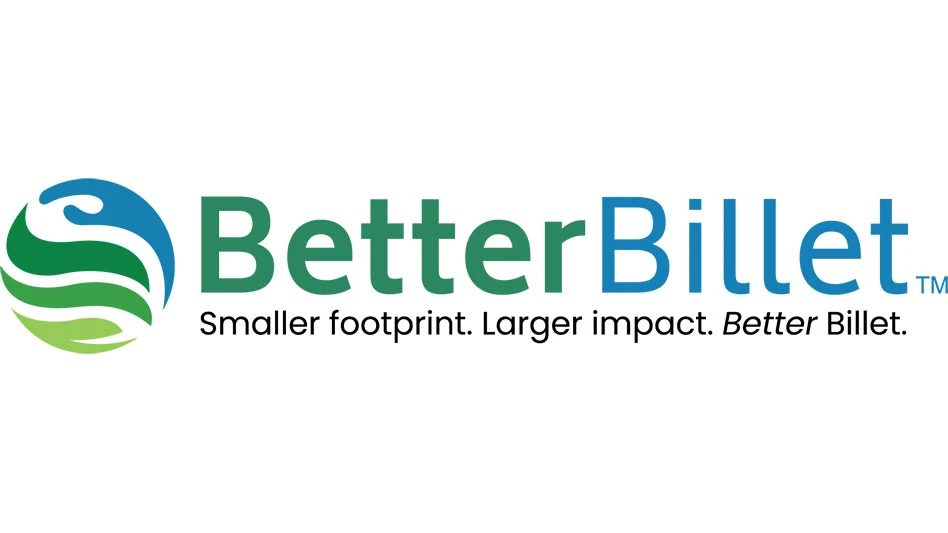
Ghubonamin | Dreamstime
The U.S. Department of Labor has announced that its Occupational Safety and Health Administration (OSHA) has issued new enforcement guidance to make its penalties more effective in stopping employers from repeatedly exposing workers to life-threatening hazards or failing to comply with certain workplace safety and health requirements.
OSHA regional administrators and area office directors now have the authority to cite certain types of violations as instance-by-instance citations for cases where the agency identifies “high-gravity” serious violations of OSHA standards specific to certain conditions where the language of the rule supports a citation for each instance of noncompliance. These conditions include lockout/tagout, machine guarding, permit-required confined space, respiratory protection, falls, trenching and for cases with other-than-serious violations specific to recordkeeping.
The Department of Labor says the change ensures OSHA personnel apply the full authority of the Occupational Safety and Health Act, where increased citations are needed to discourage noncompliance. The new guidance covers enforcement activity in general industry, agriculture, maritime and construction industries. The Department of Labor says the new guidelines become effective 60 days from Jan. 26. The current policy has been in place since 1990 and applies only to egregious or willful citations.
In a second action, OSHA is reminding its regional administrators and area directors of their authority not to group violations and instead cite them separately to more effectively encourage employers to comply with the intent of the Occupational Safety and Health Act.
“Smart, impactful enforcement means using all the tools available to us when an employer ‘doesn’t get it’ and will respond to only additional deterrence in the form of increased citations and penalties,” says Assistant Secretary for Occupational Safety and Health Doug Parker. “This is intended to be a targeted strategy for those employers who repeatedly choose to put profits before their employees’ safety, health and well-being. Employers who callously view injured or sickened workers simply as a cost of doing business will face more serious consequences.”
These changes in enforcement guidance are important enforcement tools to help deter employers from disregarding their responsibilities to protect workers and ensure compliance with OSHA standards and regulations.
Latest from Recycling Today
- GFL opens new MRF in Edmonton, Alberta
- MTM Critical Metals secures supply agreement with Dynamic Lifecycle Innovations
- McClung-Logan Equipment Company joins Tana’s authorized dealer network
- Grede to close Alabama foundry
- Plastics Recycling Conference 2025: Working toward their targets
- SWACO rolls out new commercial recycling and food waste programming
- Updated: Matalco to close Canton, Ohio, plant
- Metso launches electric Anode Weighing and Casting Machine





